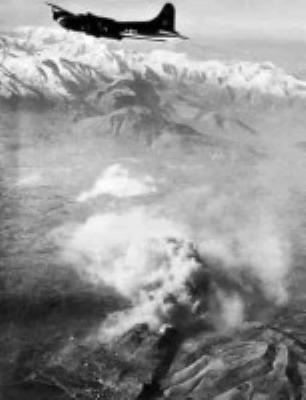
Table of Contents
The Bombing of Monte Cassino Abbey
Martha Gellhorn wrote on his report of the Monte Cassino first attack: “I remember the exact moment of the bombing of Monte Cassino, I watched him, sitting on a stone wall of a bridge, and saw the planes arrive and release, then the monastery transformed in a cloud of dust, and I heard great explosions, and I, like all the other fools, remained impressed enough to applaud.“ At 01.00 pm on 14th February some heavy guns 105 mm shoot toward Monte Cassino 25 shells, containing no explosive, but flyers.
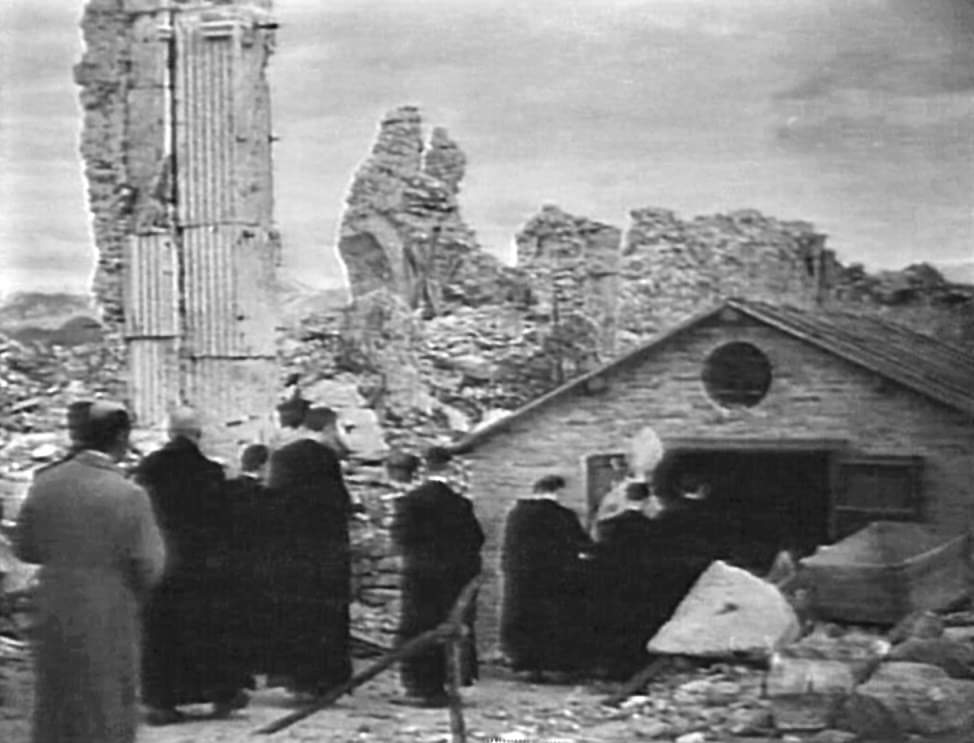
The Bombing of Monte Cassino Abbey: the flyers used to ask the civilians to leave
On these flyers, the Allied wrote the following text: Italian friends, BEWARE! We have until now been especially careful to avoid shelling the Monte Cassino Monastery. The Germans have known how to benefit from this. But now the fighting has swept closer and closer to its sacred precincts. The time come when we must train our guns on the Monastery itself. We give you warning so that you may save yourselves. We warn you urgently: leave the Monastery. Leave it at once, respect this warning. It is for your benefit. THE FIFTH ARMY
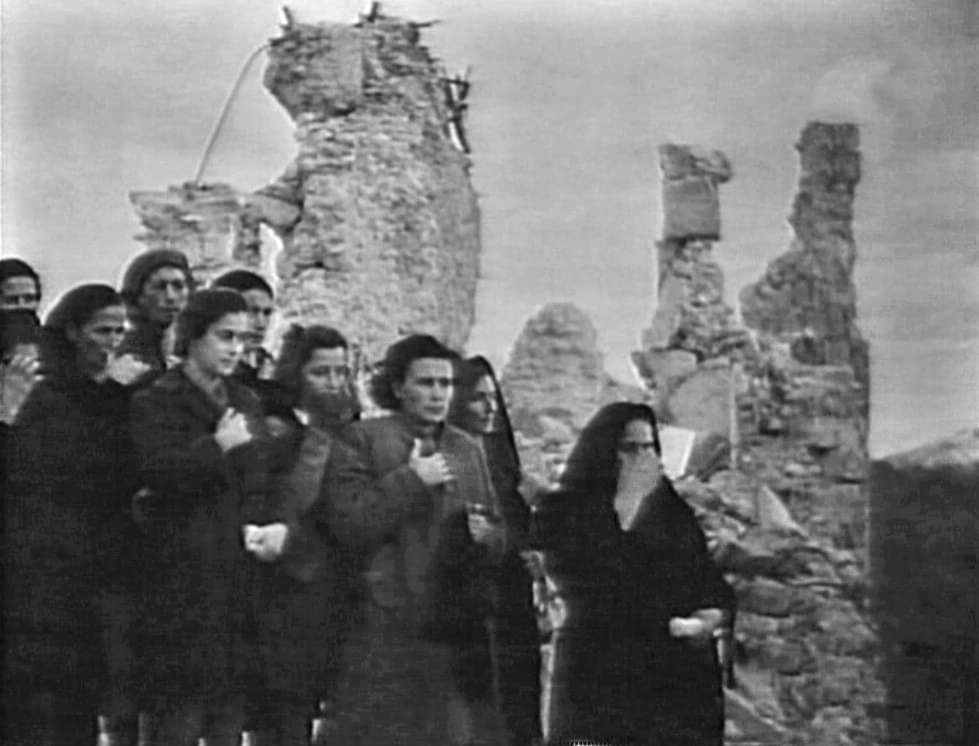
The Bombing of Monte Cassino Abbey: the civilians of Cassino
The civilians that arrived to the abbey some days before, leaving the dangerous Liri Valley for a quit monastery on the top of a hill, were afraid about what could happen, but they hadn’t another place to go to. So they remained in the Abbey, with the monks. They were the Abbot Gregorio Diamare, his secretary Martino Matronola, Eusebio Grossetti, Oderisio Graziosi, Nicola Clemente, Agostino Saccomanno, Carlomanno Pelagalli, Giacomo Ciaraldi, Pietro Nardone, Romano Coletta, Zaccaria di Raimo, Francesco Falconio and Giuseppe Cianci.
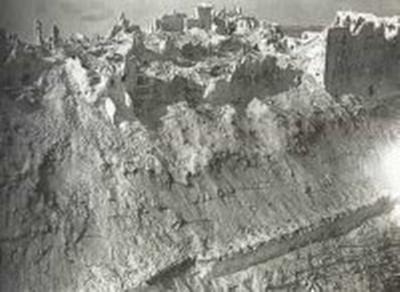
The Bombing of Monte Cassino Abbey
On Tuesday 15th February 1944 at 9.25 am while the monastic community was singing the last notes of the antiphon called “Ave Regina caelorum” everything started. Evans Bradford, squadron commander of the planes in charge of bombing the monastery, gave the order to open the bomb bay doors and 500 tons of bombs destroyed the holy place under them. This sacred place was the Abbey of Montecassino, one of the most important and famous Abbey in Europe. Evans Bradford came back to Cassino 50 years later, taking with him the dispatch he received before he took off in that strange day.
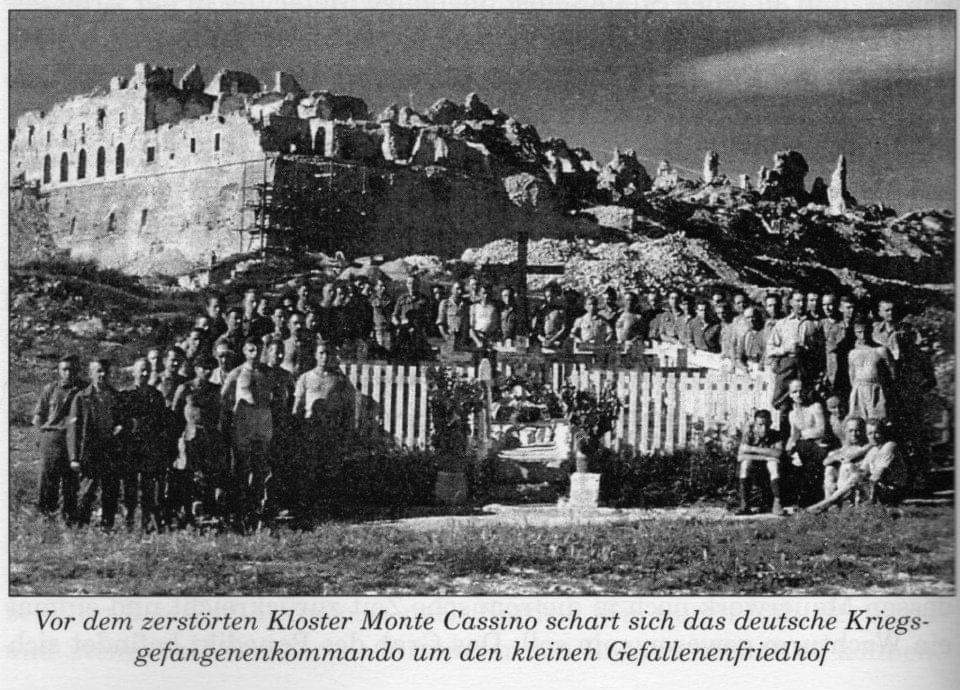
The target of Cassino bombing
The name of this war operation was #341, and the dispatch said: The target is a huge ancient monastery which the Germans have chosen as a key defense point and have loaded with heavy guns. It is located about one mile West of Cassino on a hill and stands out as a perfect target for heavy bombers. These crew members who have served through the African campaign will remember, how we did not bomb mosques because of the religious and humanitarian training all of us have received from our parents and our schools. Because of that, and because the Krauts and the Eyties know this, they lived in these mosques. They know we would not bomb these places.
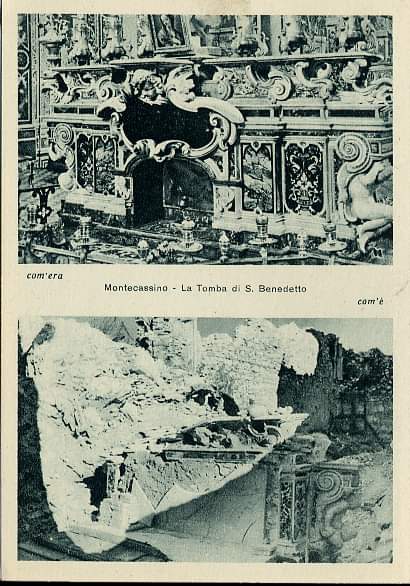
The dispatch continued with the following words
The German are still capitalizing on this belief in our avoiding churches and hospitals. In the past few days, this monastery has accounted for the lives of upwards of 2000 American boys who felt the same as we do about church property and who paid for it because the Germans do not understand anything human when total war is concerned. This monastery MUST be destroyed and everyone in it as there is no one in it but Germans (Mario Canciani “Il fronte di Cassino”
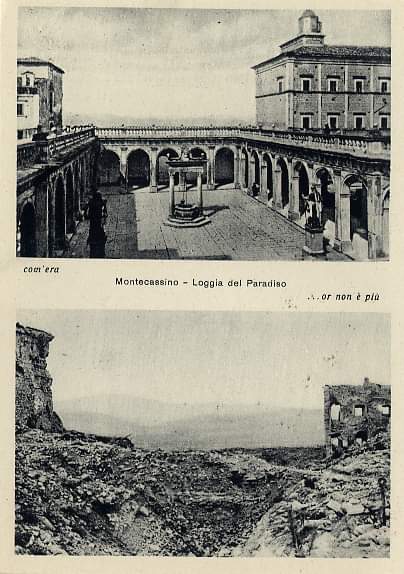
The Bombing of Monte Cassino Abbey described by the American pilots
On the mission report, written by the pilots, the results were MONASTERY NOW MISSING AREA AROUND BUILDINGS ALSO HIT – SMOKE AND EXPLOSIONS OBSERVED The planes sent to bomb the Abbey were Boeing B-17, called flying fortresses. They took off in Foggia, flew over Benevento, and reached Cassino. The first bomb was dropped by the plane 666 of the 96th Red Devil squadron, then the other Boeings, and then the Mitchells and Maranders. The Abbot and the monks that stayed inside the monastery , sow after twenty minutes of bombing their monastery totally destroyed.
The numbers of the Bombing
142 bombers fortress dropped 287 tons of 500 lb. General purpose bombs and 660 1/2 tons of 100lb incendieres, follower by 47B b (bombers) -25’s and 40 b 26″s which dropped another 100 tons of H.E bomb. (Complessive 453.5 tons of bombs)
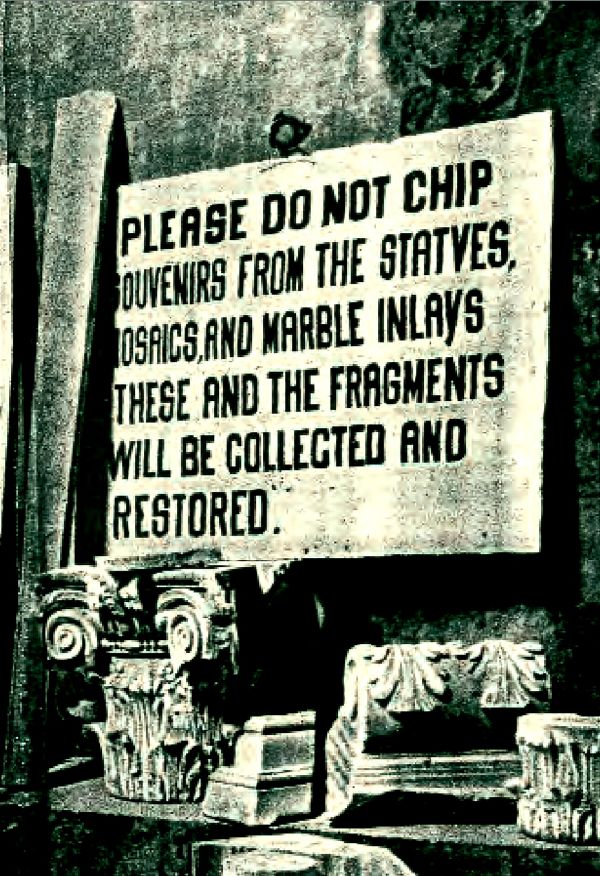
Any reasons to bomb Monte Cassino abbey
The Allied believed that the monastery was full of Germans, but in the afternoon the Abbot Gregorio Diamare had already written a declaration about the absence of German soldiers inside the Abbey. But it was too late. The Abbot remained inside the holy walls of his Abbey, and his monks remained with him. Then only rabbles, dust and deaths. During our tours, we usually show pictures and videos of the bombing.
The Bombing of Monte Cassino Abbey
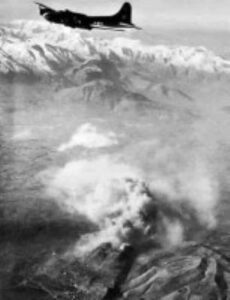
The Bombing of Monte Cassino Abbey War tour
SKU del prodotto: Bombing
Brand di prodotto: Monte Cassino War Tour
Valuta del prodotto: Eur
Prezzo del prodotto: 90
Prezzo valido fino a: 31-12-2050
Prodotto in magazzino: InStock
5
